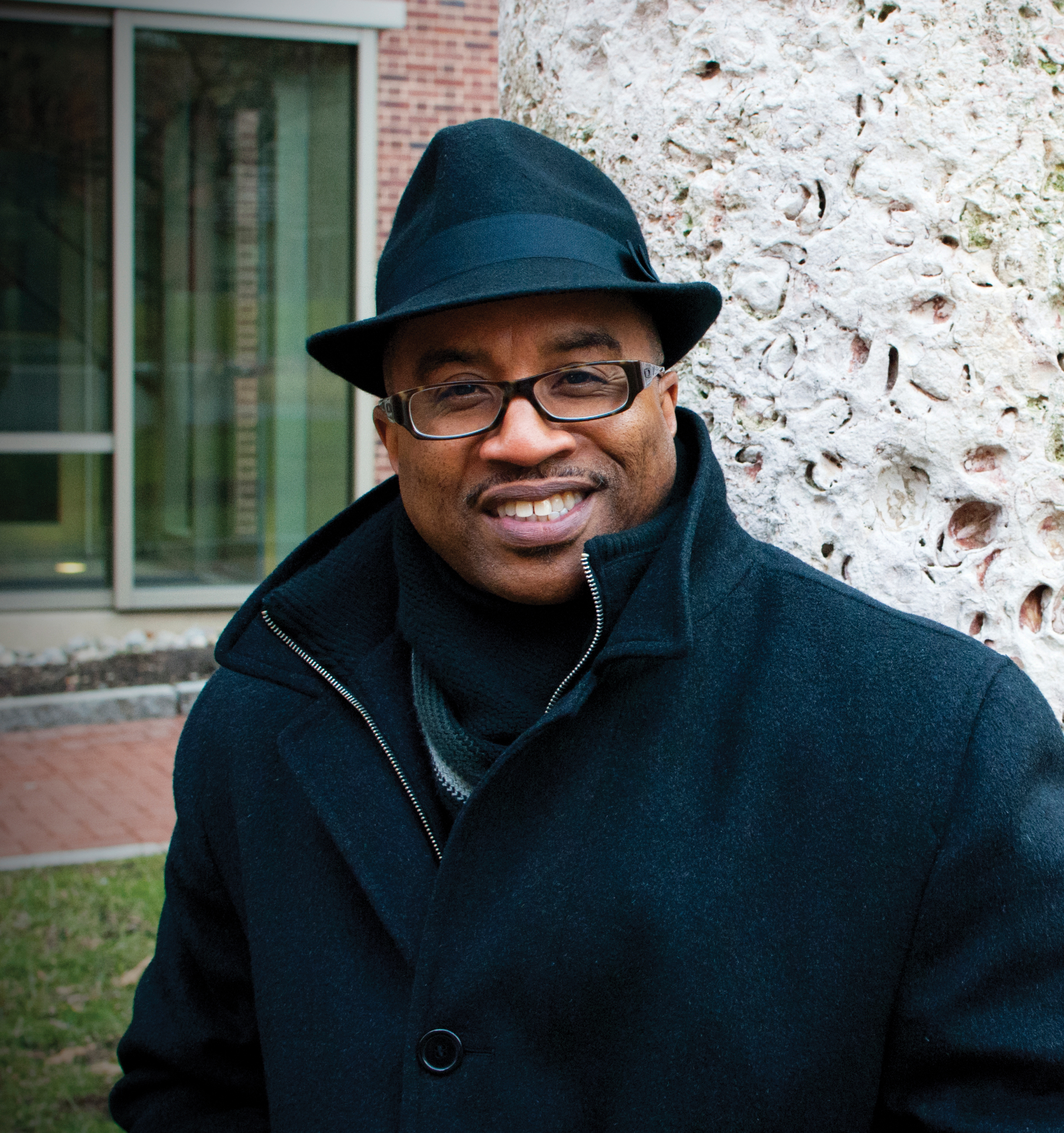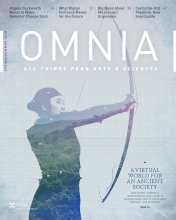The story of Black music is one of travel, tribulation, and transformation. A new book, The Transformation of Black Music: The Rhythms, the Songs, and the Ships of the African Diaspora, provides readers with an in-depth look at the wide spectrum of music created by Africans and their descendants over four continents and 1,000 years—from the slave ships to the most hallowed concert halls—and outlines how that music shifts, influences, and inspires new genres and practices over time.
In his contributed chapter, Guthrie P. Ramsey Jr., Edmund J. and Louise W. Kahn Term Professor of Music and Africana Studies, explores the rich contributions of Black musicians in the mid-20th century, or the modernist period. “Afro-modernism and Music” celebrates a revolutionary time period for Black music, characterized by untethered experimentation and invention, including modern jazz (or bebop), rhythm and blues, and the arrival of the electric guitar, told through the historical lens of the Negro Renaissance, the Black Power Movement, and the emerging Civil Rights Movement.
Ramsey defines Afro-modernism as “how Blacks throughout the world responded to the experience of modernity, globalism, and anti-colonialism as well as the expanded sense of artistic experimentation and visibility of Black expressive culture.” He explores the ways in which music was part of Black sociopolitical resistance and how musical and educational opportunities for African Americans began to expand, resulting in the increase of Black influence in mainstream academia and performance venues.
“During this time, Americans began to be more open to the idea of African Americans in spaces like concert halls, libraries, art galleries, and so on,” explains Ramsey. “These growing opportunities, previously unimaginable, helped shape what people were making with their imaginations.”
He links this period of Black music back to the larger narrative of the book and says, “As the perspectives and experiences of African Americans began to be felt in more institutions, it did the same thing that Black music did as it traveled over continents and time. It influenced what was acceptable and what was possible in those spaces.”
One of the previously unacceptable spaces that Ramsey brings to the fore is the concert hall—a space occupied by Black musicians that doesn’t often get its historical due. He also probes the bridge between jazz and the concert world, showing that “they were not separate art worlds, but, instead, porous.”
The chapter also does justice to the commanding presence of Black women musicians, composers, and music researchers during this period of Afro-modernism, highlighting their singular stories, motivations, and impact on the space. “I hope to correct the idea that women like Mary Lou Williams, Alice Coltrane, Rosetta Tharpe, and Undine Smith-Moore were not part of this Afro-modernist narrative,” says Ramsey. “They are a powerful part and have been there all along, waiting to be given their due.”
Perhaps Ramsey’s greatest contribution to the book is to show the ways in which Black musicians moved beyond the rules, created new musical genres of influence with songs of social justice and sociopolitical freedom, undeniably shaped how modernism is understood, and, as he writes in the closing of his chapter, “defined, for many, the aesthetic core of what was singular about American music culture.”




